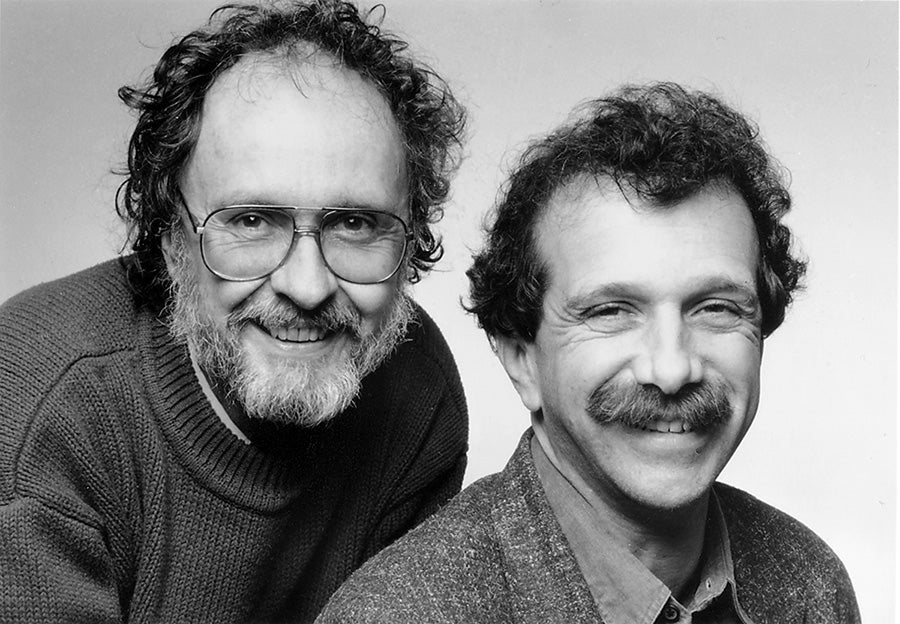If you’re of a certain age, you remember President John F. Kennedy’s Physical Fitness Program: sit-ups, push-ups, pull-ups, the shuttle run (run 30 feet back and forth), and let’s not forget about the stretch test for flexibility.
The Kennedy program thought if you could touch your toes — or even better, put your palms to the floor — that meant you were really fit. Uh-huh!
By the way, I was never one to excel at any of this. I was the last one picked to play baseball and only rarely could I touch my toes. As a kid, I thought I was a fitness failure, that I didn’t help my school try to win the state championship. They kept score for the Physical Fitness Program in the Chicago Public Schools, with every school trying to outdo the others.
News with a little more humanity
WPR’s “Wisconsin Today” newsletter keeps you connected to the state you love without feeling overwhelmed. No paywall. No agenda. No corporate filter.
This was the antiquated view of physical fitness from years ago. We have better ways to measure things now, and more importantly, they can keep all of us healthy well into old age. Pull-ups don’t matter when you’re in your 60s or 70s, but strength does count just like aerobic exercise does.
Fitness and cancer
Being hit with cancer — or for that matter, any life-reducing diagnosis — throws you for a loop. I remember when my dad first had melanoma in his later 40s and how difficult it was. Pre-surgery, post-surgery and recovery, both mental and physical. It’s not easy.
Knowing what you can do to ensure your best outcome is the ultimate goal — and that’s where a new study comes into play.
Researchers systematically analyzed 42 studies encompassing roughly 47,000 people who had a cancer diagnosis — any cancer, from lung disease to colon cancer, from breast cancer to prostate cancer. They looked at what role muscle strength and cardiorespiratory fitness (that’s the new handle for aerobic fitness) played in reducing your chances of dying.
We’ve known for many years aerobic fitness is good for your cardiovascular system, good to prevent heart attacks and stroke. But this newest evidence indicates it also reduces the risk of dying from cancer, with the strongest data showing it improves life in those with lung and colon cancer.
Last year, there were roughly 20 million new cases of known cancer worldwide. While we’ve reduced cancer deaths with new and improved medications, the real emphasis has been on prevention: stop smoking, eat better, get screened.
When it comes to treatment, many chemotherapy drugs, which work for cancer, cause cardiac toxicity and reduce muscle strength. Just going to get your chemo and feeling ill or tired in the days that follow is enough to reduce your fitness.
Getting outside to walk or jog, running on a treadmill or using an elliptical helps, but more and more studies show muscle strength plays a role, too.
For example, a recent study published in the American College of Cardiology Journal shows women and men who did weekly strength training exercises had a 10 to 19 percent reduced risk for death, with the data being more robust for women than for men. Women, on the whole, are less likely to engage in strength training but more likely to benefit from it.
My spin: Evaluating physical fitness, both cardiorespiratory and strength, is critical for all of us. It’s especially important for anyone with a cancer diagnosis.
Where should you go to try to improve your fitness? There are so many options — if you don’t know where to start, ask a friend or relative. If you’re a senior, check with your local senior center coordinator. They’re a great resource. Stay well.
More from Zorba
This column is the opinion of the author, © Copyright 2025. Dr. Zorba Paster is a family medicine physician practicing in southern Wisconsin. Consult a health care provider for personal health information. The opinions expressed aren’t meant to reflect the views of Wisconsin Public Radio, its employees, the University of Wisconsin-Madison or the Wisconsin Educational Communications Board.
Zorba Paster On Your Health airs on WPR News Saturdays at 1 p.m. and Sundays at 6 p.m.





